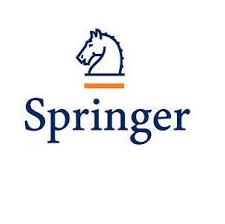Abstract
Background: Personal transportation in urban areas is characterised by different transportation technologies with significantly varying properties regarding usability, infrastructural requirements and environmental impacts. This characterisation motivates the objective evaluation of mobility solutions, based on different criteria. State of the art evaluations in the scientific literature mainly focus on one specific criterion at a time. The most common criteria investigated are found in energy demand or equivalent fuel consumption. Other parameters include the traffic space demand or mean velocity as a reference for the user-related criterion “travel time”. Since different modes of transport show various potentials in different criteria, an interesting point for scientific research is consideration of the different criteria in a more comprehensive evaluation approach. To address this issue, the aim of this study is to present a new approach for an objective evaluation and comparison of different transport technologies under consideration of pre-defined range of criteria and defined boundary conditions and requirements for personal mobility in cities. Besides technical-oriented aspects like driving range, transport capability and life cycle-related consumption of resources, additional factors influencing user-behaviour and traffic density are reflected. The evaluation method is presented, based on a generated exemplary data collection regarding technical and in-use characteristics of different modes of transport, mainly investigated in the city of Graz, Austria. Methods: The study focuses on different means of transport, in particular walking, bicycling, the use of powered two-wheelers, passenger cars with different propulsion systems and public transport systems. It is based on the determination of selected criteria, considering ecologic, infrastructural and user-related aspects. With respect to ecologic criteria, the study considers resources and energy consumption as also the resulting CO2 equivalent emissions. The mean velocity and transport capacity are considered in the context of user-related criteria. Traffic space demand is an important and limited resource, especially in urban areas. The present study thus includes the determination and comparison of the relative traffic and parking space demands for the different modes of transport. The evaluation is based on a specifically developed evaluation methodology, considering weighted traffic performance indices, which are also proposed and discussed. Results: Within the present study, a database providing specific mobility-related criteria and parameters has been generated, representing technical characteristics and the effects of the use of different vehicles and means of transportation in urban areas. The illustrated results allow an objective evaluation of a broad range of different means of transportation and vehicles, based on introduced “weighted traffic performance indices” (WTPI). Conclusions: The study contributes to a discussion of transportation technologies and allows a derivation of measures for further research topics to face future intra-urban mobility demands. This represents a basis for decision making on the priorisation of the most suitable transport systems for urban areas. It is shown that the motorised individual passenger transport as dominated by the use of private passenger cars in particular represents today the most inefficient form of inner-urban mobility.








